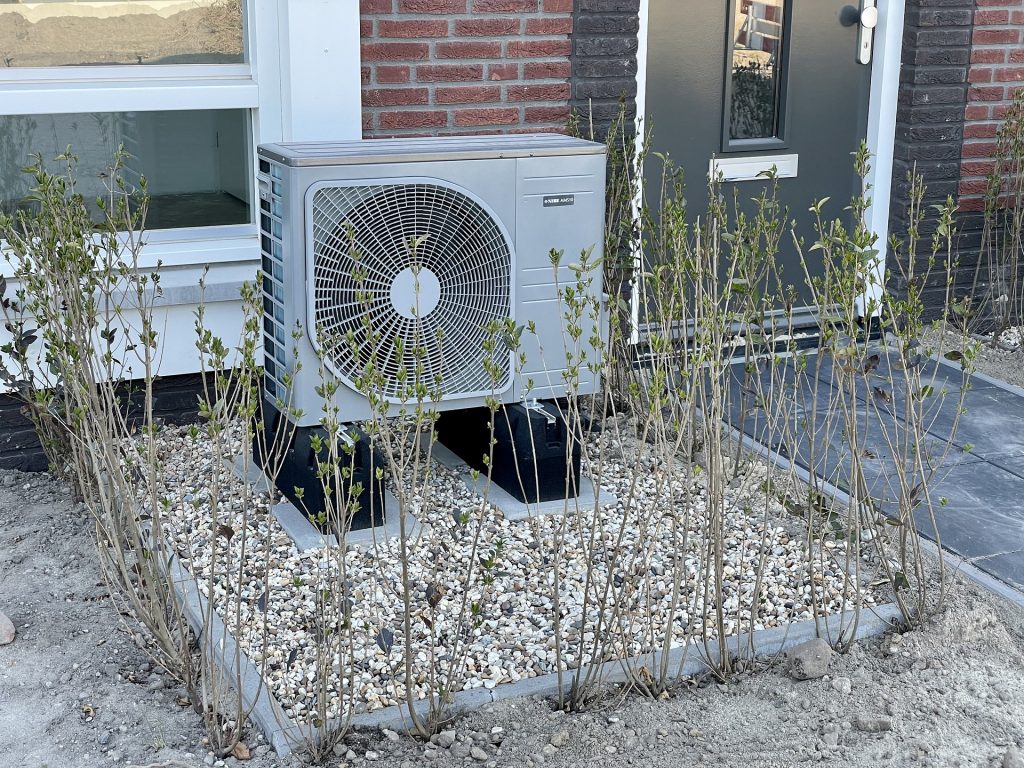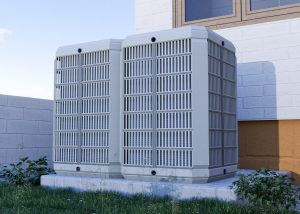When it comes to heating your home in the winter, there are two very popular options: heat pump and gas furnace. They work in different ways, and each of them have advantages and disadvantages. In this article, we’ll take a look at 8 myths about heat pumps and gas furnaces. This will provide you with the information you need to determine which option is the best for you.
Heat Pump Vs. Gas Furnace Myths
There are many opinions out there regarding whether you should choose a heat pump or gas furnace for heating your home. However, in order to make a decision, you need facts- not opinions. Following, we have gathered 8 myths and exposed the truth behind them of choosing one over the other. This should help you make an educated choice.
Myth 1: Gas furnaces are the best way to heat your home
Many people are loyal to gas, but the truth is a gas furnace is not always the best option for heating your home. If you don’t have gas lines coming into your home, you would have to have that done, which can get quite expensive. Plus, the heat produced by gas furnaces is very hot, meaning that the temperature in your home will quickly reach the temperature you have set on your thermostat. While this might sound like a good thing, it can actually end up leaving cold spots around your home and causing dry skin- which is not good.
In some cases, the heat provided by a gas furnace can be overpowering if the temperature outside is between 40 to 60 degrees. Finally, gas furnaces produce carbon monoxide, which can be a major issue if the furnace is not properly installed, monitored, and inspected regularly.
In certain regions, such as the South, a heat pump can actually be a better option, as the winters are typically not as harsh. If you are in an area that doesn’t experience below freezing temperatures, a heat pump will be more efficient than a gas furnace and won’t consume nearly as much energy.
Myth 2: Heat pumps are the same as an air conditioner
While it’s true that heat pumps and air conditioners do have some similarities, they are not the same thing. An air conditioner removes the hot air from your home, and a heat pump brings it in.
When the heat pump brings the hot air from outside of your home, it pulls it into an air handler. This air handler has heat strips and a coil inside of it. The air moves over the coil and heats up, and a fan in the handler then blows the warm air through the vents, warming your home.
Myth 3: Heat pumps don’t offer as much heat as gas furnaces
Many people believe that a gas furnace is the most effective way to heat a home. However, if you live in the Southeastern US, a heat pump is actually quite effective at heating your home. While you might save more on natural gas in the Northern regions, where the climate is colder, the savings is not going to be as much in the South. The temperatures in the South simply don’t get cold enough to warrant a gas furnace.
Myth 4: A gas furnace is more efficient than a heat pump
In many cases, gas is less expensive than electricity, which means that a gas furnace is more cost-effective than electric- but only in those areas that experience colder temperatures. A gas furnace is not always more efficient than a heat pump, though.
If you live in an area where temperatures range between 40 and 60 degrees and it rarely or never gets below 40 degrees, a heat pump is actually going to be more cost-effective and efficient than a gas furnace.
Myth 5: Gas furnaces are cheaper than heat pumps
Sure, if you live in a colder region, a gas furnace might be cheaper. However, if you live in a warmer region, this is simply not the case. Typically, the up-front cost of installing a heat pump is lower than that of installing a furnace. Additionally, if you don’t already have gas lines coming into your home, you will be required to have that done, which can get really expensive.
Myth 6: There’s only one kind of heat pump
Many people believe that there’s only one kind of heat pump, but that’s not true. There are actually three: geothermal, ductless mini-split, and air-to-air.
- The geothermal unit uses warmth from the earth to heat your home. The warmth from the earth is typically 50 to 60 degrees.
- A ductless mini-split is a lot like a window unit AC, a smaller air unit with an indoor handling unit and an outdoor compressor/condenser.
- The air-to-air style is the most popular and moves warm air froe outside your home to the inside to heat your home.
Of course, the best one for your home will depend on the type of home you have and your personal heating needs.
Myth 7: Carbon monoxide is a risk with heat pumps and gas furnaces
Yes, it is true that a gas furnace does produce carbon monoxide, which can cause major problems. However, as long as the furnace is properly installed and you monitor and inspect it regularly, you can be assured that it’s safe.
On the other hand, a heat pump is not a source of carbon monoxide. You do not have to regularly monitor and inspect your heat pump because it does not use combustion to create the heat.
Myth 8: A gas furnace produces more heat
This is technically true, as a gas furnace does produce more heat than a heat pump- but this is not always a good thing. The hot air produced by a gas furnace can actually cause your skin to dry out and end up producing higher temperatures than you need, which is a waste of energy.
Bottom Line
For some people, a gas furnace is the best option- especially if you are living in a colder climate. However, for those that live in warmer regions, a heat pump might be a better option. Ultimately, you have to decide for yourself which one is right for you. You can call a professional to help you decide on a better option.








